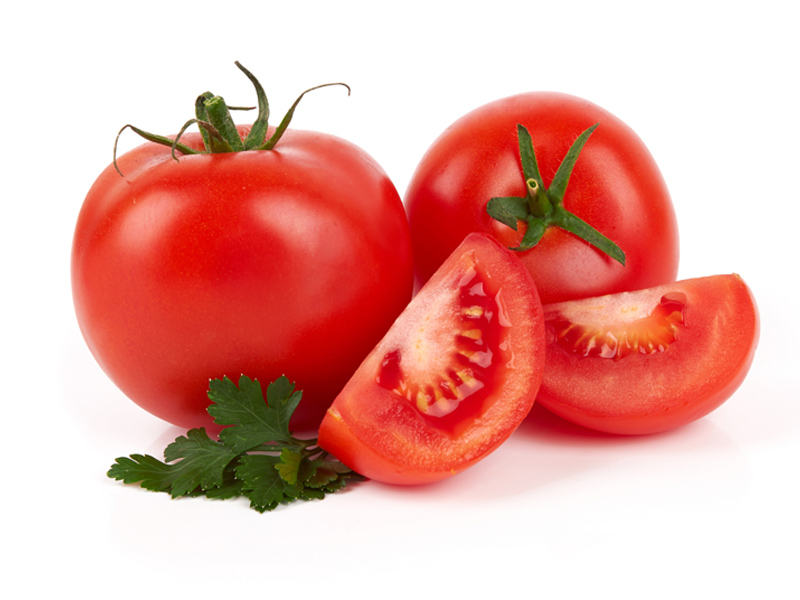Lycopene is an important carotenoid that contains multiple conjugated and non conjugated double bonds in its structure. Lycopene is known as the “gold in plants” due to its positive effects on various aspects of human health. The natural sources of lycopene include yellow and red fruits (papaya, watermelon, persimmon, etc.), vegetables (tomatoes, carrots), and microbial metabolic production.

Technology Introduction
At present, there are several methods to extract lycopene in the world, plant extraction method, chemical synthesis method, microbial fermentation method. The lycopene extracted according to different processes has great differences in quality and health care for human body. Now we will take you to recognize the lycopene of several extraction processes and their advantages and disadvantages.
1, tomato paste extraction method (plant extraction method)
Process: first selected high-quality tomatoes in Xinjiang, after pulping and crushing, remove the skin, seeds, fibers and other residues after the production of tomato paste, and then through scientific extraction technology to extract natural lycopene.
Raw material: tomato paste
Advantages: good product quality, high quality, in a completely natural state, with a variety of isomers, with natural activity, is irreplaceable natural properties of other processes.
Disadvantages: complex process, high cost, long extraction cycle.
2、Supercritical CO2 method (plant extraction method)
Process: the use of CO2 as an extractant, from the tomato pomace in the extraction of lycopene, separation and purification of its active ingredients.
Raw material: tomato pomace
Note: pesticides are generally attached to the fruit skin, it is difficult to clean, with or without pesticide residues is critical.
3、Chemical synthesis
Process: the use of chemical molecular formula, after a series of chemical reactions to synthesize lycopene.
Advantage: simple process, low cost.
Disadvantages: poor product quality, odor.
4、Microbial fermentation
Process: through algae, fungi and yeast fermentation production of lycopene.
Advantage: low cost, fast cycle, bright color.
Disadvantages: odor.

